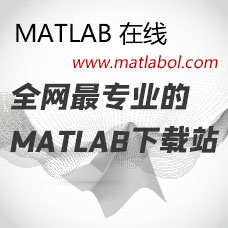西储大学轴承全数据
于 2020-11-30 发布
0 381
下载积分: 1
下载次数: 7
代码说明:
本资源整理了西储大学的轴承的各项数据以及数据说明,内容清晰全面,有助于各类需要人士进行分析研究,提高自己的科研水平。
下载说明:请别用迅雷下载,失败请重下,重下不扣分!
发表评论


